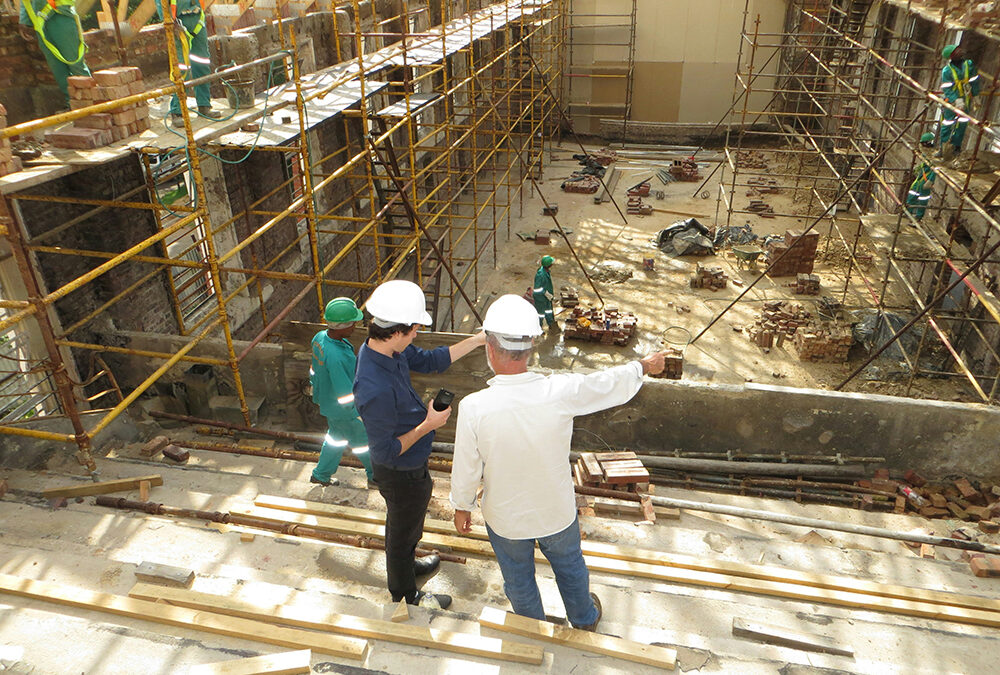As we move further into 2025, Australia’s construction industry is witnessing a remarkable boom driven by population growth, urbanization, and technological advancements. With an influx of people relocating to urban areas, the demand for residential, commercial, and infrastructure projects is at an all-time high. In this article, we will explore the key trends reshaping the Australian construction sector, focusing on sustainability, technology integration, and a shift toward modular building practices.
- Sustainability and Green Building Practices
Sustainability remains a cornerstone of the construction boom in Australia. As the government prioritizes environmental initiatives, many developers are adopting green building practices to comply with regulatory requirements and meet the expectations of eco-conscious consumers. In 2025, we can expect an increased focus on energy-efficient buildings that minimize carbon footprints while maximizing resource efficiency.
Innovative sustainable materials, such as recycled steel, rammed earth, and bamboo, are gaining popularity in new construction projects. Furthermore, energy-efficient designs featuring passive solar heating, improved insulation, and smart technology are becoming standard in both residential and commercial developments. As a result, buildings in Australia are not only enhancing environmental performance but are also providing long-term savings on energy costs.
-
Embracing Technology and Digital Transformation
The adoption of technology in construction is rapidly evolving as companies seek to enhance productivity and reduce costs. Building Information Modeling (BIM), drones, and 3D printing are redefining traditional construction practices. In 2025, BIM is expected to be a standard tool in project planning and execution, allowing for better collaboration among stakeholders and improved accuracy in project timelines and budgets.
Drones are being increasingly utilized for site surveying and monitoring, providing real-time data that enhances decision-making and construction efficiency. Additionally, 3D printing is revolutionizing the production of building components, enabling faster construction times and reduced labor costs. The advancements in Construction Technology (ConTech) are transforming the industry, allowing projects to be completed more efficiently and sustainably.
-
Modular and Prefabricated Construction
Modular construction is gaining momentum as a viable alternative to traditional building methods. This approach involves assembling components in a factory setting and transporting them to the construction site for quick assembly. In 2025, we expect to see a significant increase in the use of prefabricated structures, particularly in housing and commercial developments.
This method reduces construction waste and labor costs, offering more predictable timelines for project completion. As Australia faces a housing affordability crisis, modular construction is emerging as a solution to quickly deliver affordable housing options to urban areas. By streamlining the building process, modular techniques contribute to addressing the housing shortage while promoting sustainability.
-
Workforce Development and Skills Training
As technological advancements reshape the construction landscape, the need for a skilled workforce has never been greater. In 2025, Australia’s construction industry must address skills shortages by investing in training programs tailored to the demands of modern construction practices. Industry stakeholders are increasingly collaborating with educational institutions to equip the workforce with skills in digital technology, sustainable practices, and project management.
Additionally, diversity and inclusion are becoming focal points in workforce development, with initiatives aimed at attracting underrepresented groups into the industry. By fostering a diverse and skilled workforce, Australia can ensure the longevity and growth of its construction sector.
Conclusion
Australia’s construction boom in 2025 is characterized by a focus on sustainability, technological integration, and modular construction practices. As the industry embraces these trends, stakeholders will need to adapt to changing consumer preferences and regulatory requirements. By investing in innovative practices and a skilled workforce, Australia can build a resilient construction sector capable of meeting the challenges of the future while enhancing the quality of life for its residents. The ongoing evolution of construction practices will undoubtedly shape Australia’s urban landscape for years to come.


Recent Comments